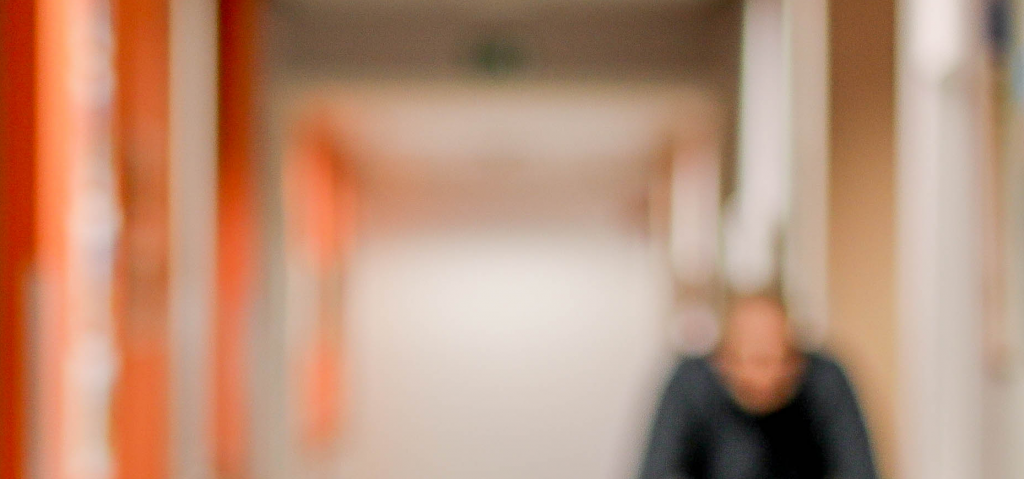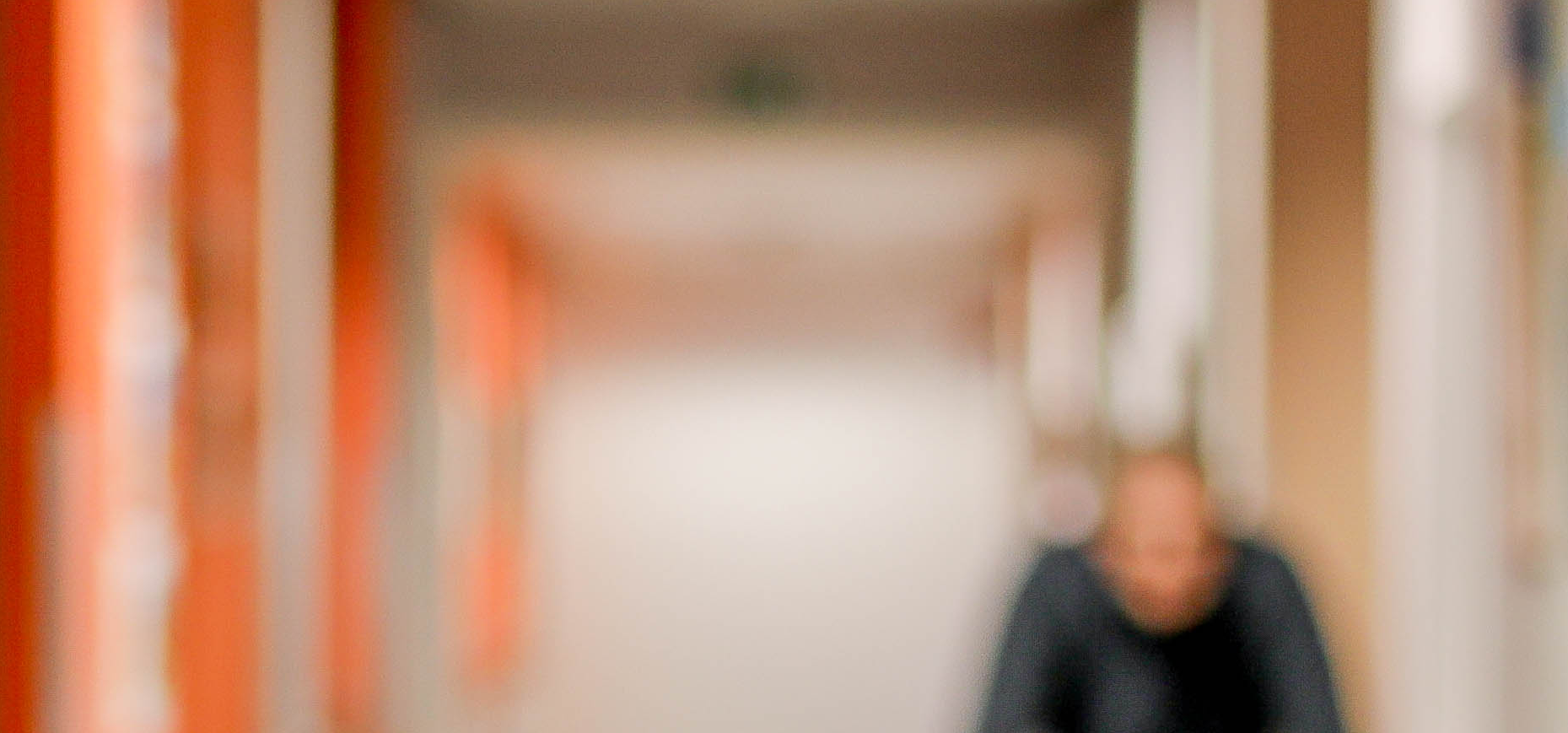
Disorderly Design focuses on the aesthetics of interaction, and explores how to model, design, and evaluate systems that intrigue and empower users in their daily processes, through a keen understanding of principles and methods for information visualization and interaction design. Disorderly Design has a specific focus on interactive systems to manage complex and tedious workflows in health, learning or public services, aiming for empowerment while avoiding governmentality.
The development and adoption of pervasive, mobile, wearable information communication devices is still accelerating. The rate of information sharing and data collection is pervading every nook and corner of daily living, with the aspiration to structure, inform, guide, or entertain. However, despite an abundance of literature on behavior change, and motivational psychology, there is still a dearth of knowledge geared towards designers on how to translate these theoretical models and constructs into actionable, motivational user interface designs. To bridge the gap between information design, UX design, and psychological theories for the successful development and implementation of motivational design features and applications, DisorderlyDesign claims a new space for design and innovation, development and scientific research, the Third Space. This is a place of negotiation, where the practice and theory of UX, Information design and psychology are deconstructed, re-appropriated and re-configured. The ‘Third Space’ is a framework through which to observe the ways that user interfaces are experienced and used, as scientific artefacts and social subjects. DisorderlyDesign attempts to take the understanding of this space beyond that of technological collaborations or cross-disciplinary innovations, by exploring the interrelationship between these different theories and practices and their effects in the ‘lived-in world’. Fundamental to the act of disorderly design, is the recognition that normalcy is a fallacy. Instead of embodying normative expectations in digital interactions, Disorderly Design explores how to design user interfaces that leverage the ever-increasing complexity in human interactions and negate surveillance cultures. DisorderlyDesign is about the ways designers deal with and endure new meaning and comprehend and construct the new world.
The ‘Third Space’ is a framework through which to observe the ways that user interfaces are experienced and used, as scientific artefacts and social subjects. DisorderlyDesign attempts to take the understanding of this space beyond that of technological collaborations or cross-disciplinary innovations, by exploring the interrelationship between these different theories and practices and their effects in the ‘lived-in world’. Fundamental to the act of disorderly design, is the recognition that normalcy is a fallacy. Instead of embodying normative expectations in digital interactions, Disorderly Design explores how to desi

